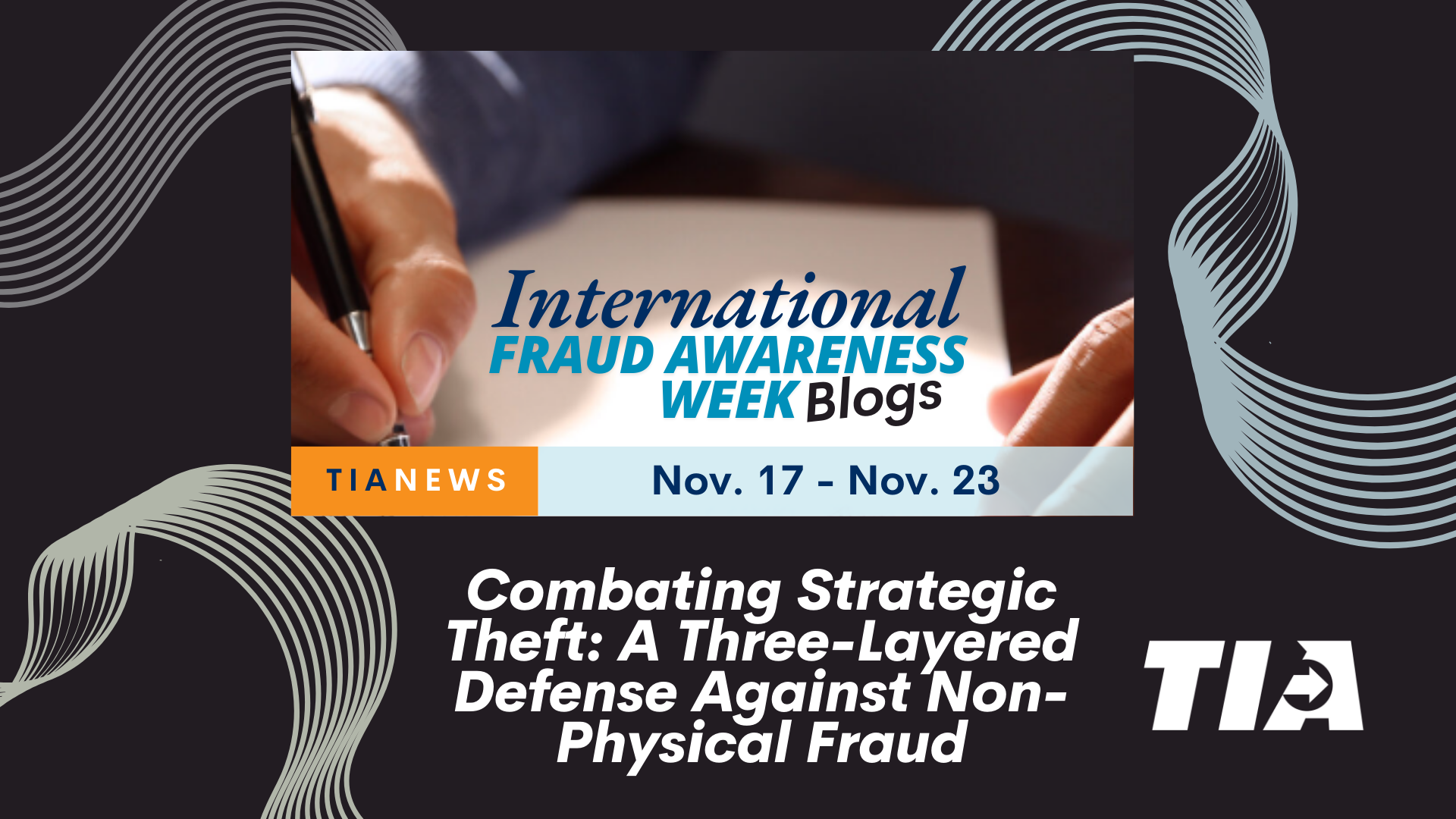Combating Strategic Theft: A Three-Layered Defense Against Non-Physical Fraud

In the logistics industry, non-physical fraud, often referred to as strategic theft, has become a significant challenge. This includes unlawful brokerage scams, fictitious pickups, identity theft and phishing. Such fraud can cripple operations and lead to severe financial losses. To mitigate these risks, companies must adopt a comprehensive, three-layered approach.
Layer 1: Process and Procedure
The cornerstone of protecting against strategic theft lies in robust processes and procedures. Educating frontline staff—those who interact with freight brokers and carriers—is crucial. These individuals need to recognize red flags associated with scams like identity theft and unlawful brokering. While they don’t need to be experts, developing an intuitive sense, or “spider senses,” can help them identify suspicious activities early.
Training sessions should emphasize common scam tactics, enabling staff to escalate questionable interactions to management promptly. This proactive approach ensures that potential fraud is caught before it can escalate, protecting both the company and its clients.
Layer 2: Thorough Vetting
A comprehensive vetting process for carriers is the second line of defense. This involves meticulous verification of the carrier’s identity and credentials. Companies can either develop their in-house vetting protocols or adopt standardized processes like those being developed by the Transportation Intermediaries Association (TIA).
Key elements of a robust vetting process include:
- Document Verification: Ensuring that all provided documents, such as insurance and authority papers, are genuine.
- Background Checks: Using third-party services to verify the authenticity of carriers.
- Continuous Monitoring: Regularly updating and reviewing carrier information to catch any discrepancies or suspicious changes.
By thoroughly vetting carriers, companies can reduce the risk of engaging with fraudulent entities.
Layer 3: Technology Integration
Technology plays a critical role in the final layer of defense. Modern tools offer enhanced verification and tracking capabilities, such as:
- Driver Verification Apps: These apps ensure that the driver picking up a shipment is the authorized individual.
- Real-Time Tracking: Covert tracking devices and geo-fencing provide real-time visibility into the location of freight, ensuring any deviations can be addressed immediately.
- Data Sharing: Collaborating with customers and other stakeholders to share data and improve overall security measures.
Technology not only aids in preventing fraud but also in quickly identifying and responding to threats, thereby minimizing potential damage.
Beyond the Loss: Understanding the True Cost of Fraud
While the immediate loss from fraud is apparent, companies must also consider the hidden costs. These include:
- Insurance Premiums: Frequent fraud claims can lead to higher insurance premiums.
- Operational Disruptions: Fraud investigations and recovery efforts divert resources from regular operations.
- Investment in Security Measures: Ongoing training, vetting processes and technology upgrades require continuous investment.
Companies need to budget for these costs proactively, ensuring that their fraud prevention strategies are not only effective but also sustainable in the long run.
Conclusion
Strategic theft poses a growing threat to the logistics industry, but with a layered approach encompassing education, thorough vetting and advanced technology, companies can significantly mitigate these risks. By understanding the broader implications of fraud beyond immediate losses, businesses can create robust defenses that safeguard their operations and reputation.

